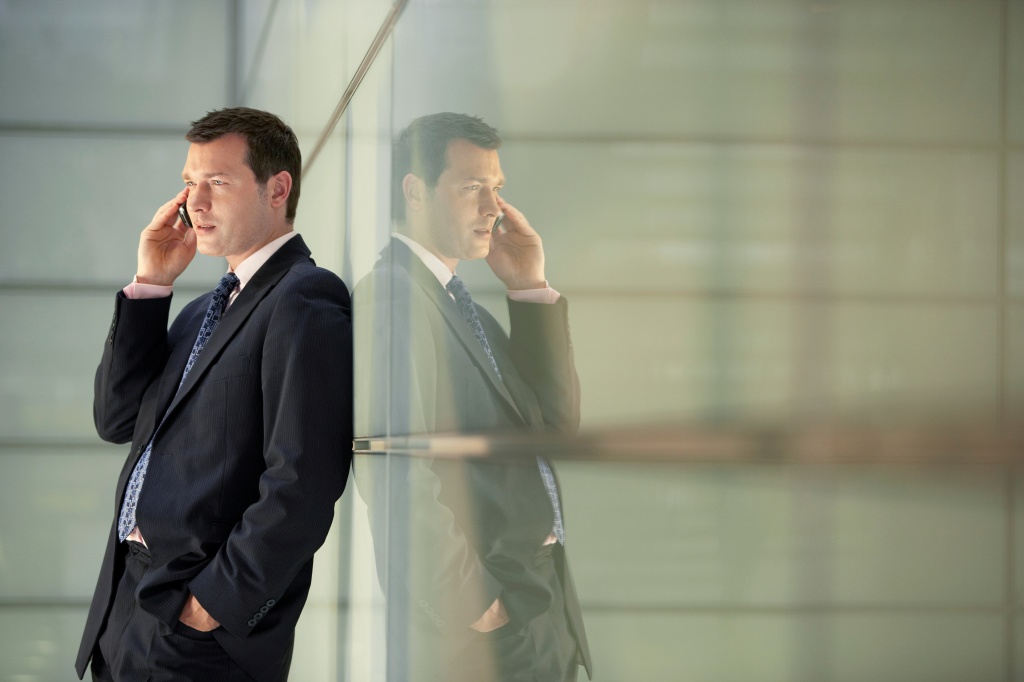Happy National Cell Phone Courtesy Month! Do you mind your mobile manners? Using mobile devices, like cellphones and tablets, in the workplace is becoming more acceptable than ever before. In fact, one in three Americans use their mobile phones to make work calls, and another 82 percent use text messaging for business communication.
The Do’s and Don’t’s of Workplace Cell Phone Courtesy:
DO:
Turn your ringer on silent or vibrate. Be conscientious of the people working around you, and how the sound of your ringtone could disturb or distract them. If your office has an open floor plan or is laid out in cubicles, your ringer has the potential to be heard throughout the entire office. DON’T be that person.
DO:
Change the e-mail signature on your mobile device when sending something business related. Erase the unprofessional “Sent From My iPhone” and add your name, business title and contact information so the receiver of the email can easily contact you in a different way if needed. Customize the font and look of your cellphone email account to mirror what you have set up on your desktop. Be sure to add a confidentiality disclaimer in your mobile signature when communicating about matters of business.
DON’T
Take personal calls at your desk if you work in a shared space. Your coworkers have better things to do than listen to what your spouse needs from the grocery store or what time you’re picking up the kids from soccer. Take personal phone calls to an empty conference room or another private location. Never use the restroom as a place to talk on the phone – you never know who may be in listening range.
DON’T
Take a phone call or answer a text message during a meeting or having a face-to-face conversation with someone. Be respectful of your coworker’s time! Be fully engaged during the meeting, and check your phone after it is over. Having your phone out, even under the table, is a clear giveaway that you are not paying attention during the meeting.
Lastly, DO be careful that you DON’T accidentally text a boss or coworker something you meant to send to a spouse or friend! If you use your personal cell phone for business communication, be sure to label your work contacts with your business name, such as “EFR John Smith.” That way, when you’re trying to reach out to John, your buddy from college, you have a better chance of avoiding an embarrassing wrong-number situation.
Use these cell phone courtesy tips to fully engage and not distract others during productive working hours. When using a mobile device, be cognizant of your surroundings in the workplace. Keep private matters private and business matters professional!

